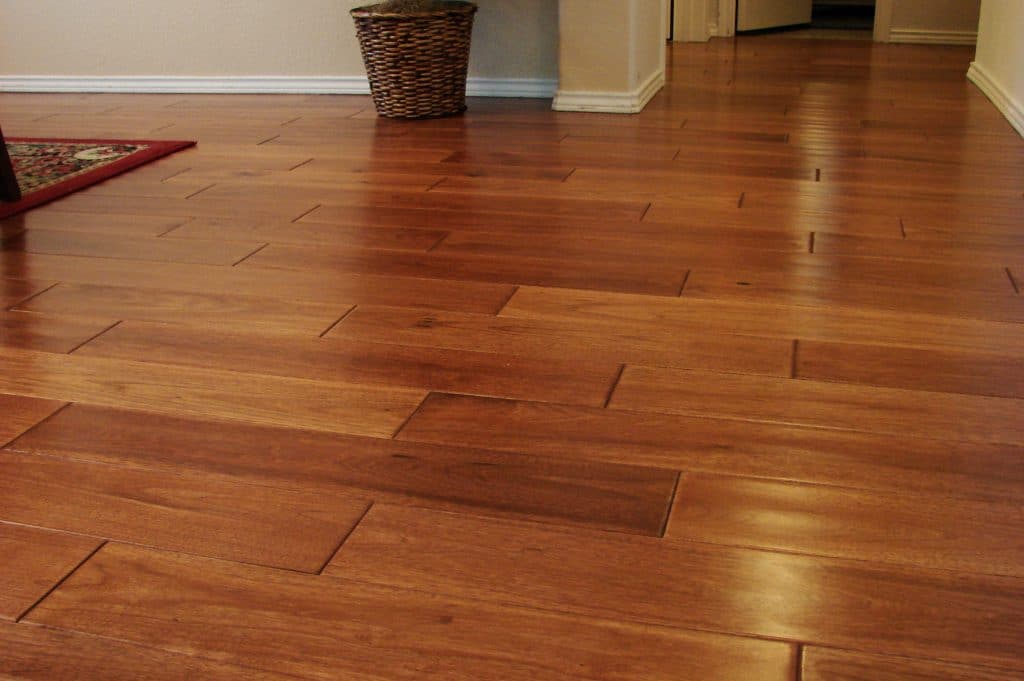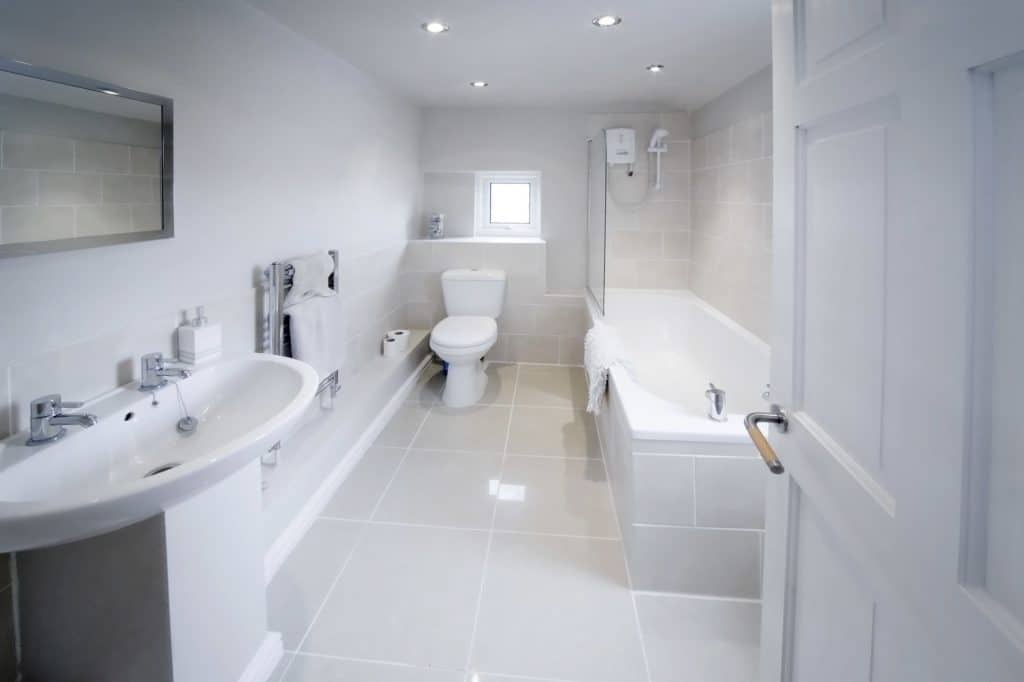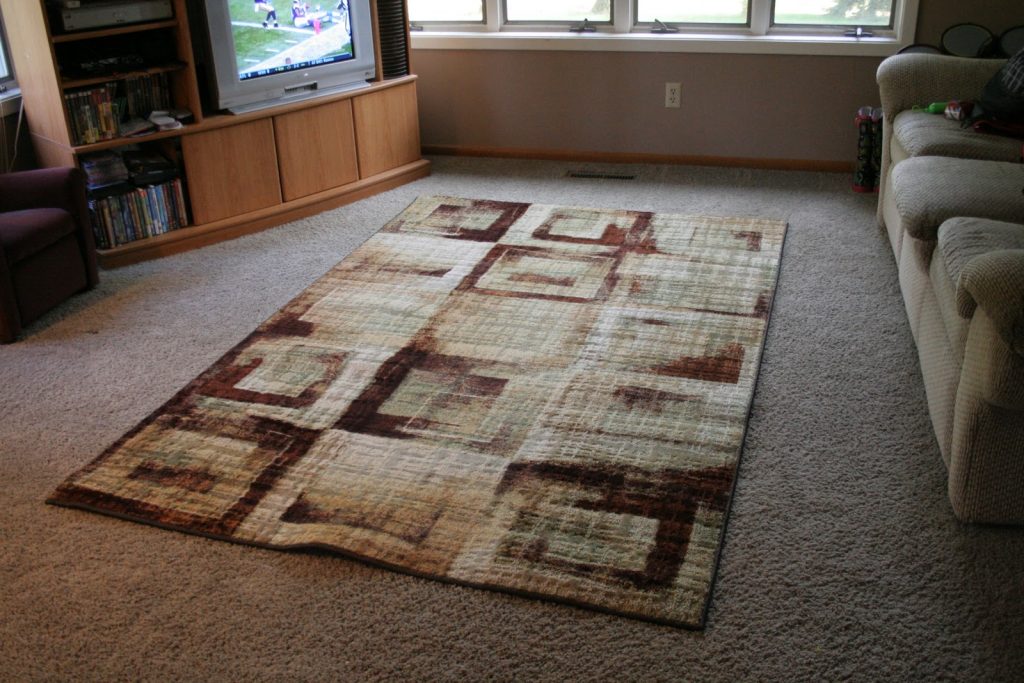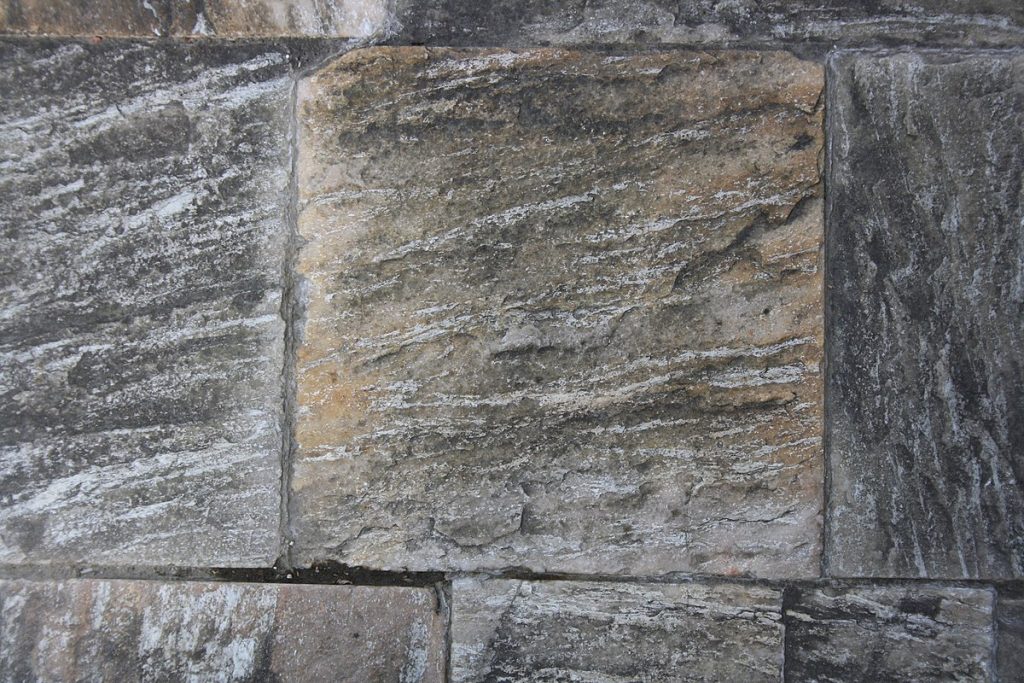Everyone knows that the bottom of their shoes is extremely dirty. We walk around outside with them, and they’re exposed to all the bacteria, trash and waste that is lying on the ground. But did you ever consider how dirty the floor in your house is? A lot of people walk around their house with their shoes still on! If you do this, all the bacteria that gathers on your shoes is transferred to your floors. In fact, University of Arizona researchers found that bacteria stay on shoes longer than on other surfaces, and that 90-95% of this bacteria can be transferred to tile floors. You don’t want to be living in a bacteria-filled house do you?
Even if you don’t wear shoes in your house, the floors in your house are still covered in bacteria. Dropped food, spilled drinks, dust, dirt tracked in from outside—the list goes on. The point is, bacteria gets into your house and onto your floors no matter how careful you are. The only way to prevent yourself from living in a bacteria-infested house is to clean your house, and especially your floors, every week or so.
When cleaning floors, you don’t want to just be using water, and you don’t want to be using harmful chemicals. In this article, we’ll teach you which products to use on different types of floors.
Hardwood

For hardwood floors, it’s important to not use anything too abrasive that could scratch or damage your floors. You should be sweeping, vacuuming, or mopping up debris at least once a week.
You should also use a hardwood disinfectant to ensure any harmful bacteria is killed off. Some great choices are the Better Life Floor Cleaner, and the Method Squirt + Mop Hardwood Floor Cleaner. Using green products will ensure that you kill off harmful bacteria without leaving behind dangerous chemicals.
We also recommend the following formula for a home-made cleaning solution:
- 2 cups of water
- ½ teaspoon dish soap
- Mix the solution together and put it in a spray bottle for use with a flat head mop
To clean your hardwood floors, start with sweeping or vacuuming, then move on to mopping with water to soak up any last particles of dirt, and end with a hardwood disinfectant to ensure that even the dirt you can’t see is gone.
Tile

Cleaning tile floors is similar to cleaning hardwood floors, but you can use tougher products since you don’t have to worry as much about scratching or damaging the tile.
Something to look out for when cleaning tile floors is to make sure you fully clean the grout between tiles. These are places that dirt can get trapped in, and if you’re just sweeping or mopping over tiles without focusing on this, you’re bound to miss a lot of the bacteria trapped in the grout.
To clean your tiles, you should start with a broom or vacuum to get rid of the larger pieces of dirt or food that are on your floors, and then move on to a floor cleaner to get rid of any bacteria left. When sweeping, you don’t need to focus on the grout between tiles as much since any larger pieces of dirt or food should be picked up pretty easily by a broom, but when you’re cleaning with a disinfectant, you need to focus on the grout to ensure you get a full floor clean. Some products we recommend are the Focus NC111 Neutral Cleaner and Attitude’s Floor Cleaner.
Carpet

Cleaning carpets can be a harder task because you can’t just sweep through them or brush off dust. However, cleaning this surface is a must as lots of dirt and bacteria can get trapped in these areas.
For cleaning carpets, we recommend using a powerful vacuum cleaner to suck up any dirt or dust that is stuck in the carpet’s fibers. When vacuuming, make sure to go both horizontally and vertically. This is because carpet fibers are usually twisted, so going in both directions ensures you get all the dirt trapped in between these fibers. After you’ve vacuumed your carpet thoroughly, you can consider using a carpet cleaning solution to get out any lingering bacteria or to remove any stains you might have in your carpet. Some great solutions are Begley’s Natural Household Stain and Odor Remover, and the Puracy Natural Carpet Cleaner Detergent.
If you do use a carpet cleaning solution, make sure to fully dry whatever area you use the solution on. Damp carpets can ruin floors and can cause more bacteria to get trapped in carpets.
Stone

When cleaning stone floors, one of the most important things to know is to avoid using abrasive cleaning materials. These will scratch and damage your stone, and it will be extremely hard, if not impossible, to get these scratches out.
Instead, to clean stone floors, you should start by sweeping your floors to remove large pieces of debris that could scratch your floor. You can then use a vacuum to suck up any smaller pieces of dirt that you missed with your broom. Finally, you can use a mix of dishwasher liquid with water to mop your stone floors, followed by another mopping using just water. You should then dry your stone floors with a towel or something else. It’s important to dry your floors if you choose to use some liquid cleaner because stone floors tend to be porous and can hold a lot of water in them, which is not good for the material.
That concludes our guide on how to clean different types of floors in your house. We hope you learned something new today! We tried to cover most common floor materials, but if we missed your floor type let us know in the comments. Floor cleaning is very important to maintain a clean house overall and to ensure your family’s health is not compromised. Happy cleaning!
If cleaning isn’t your thing, don’t worry—that’s what we’re here for! Book a cleaning session with us today!
